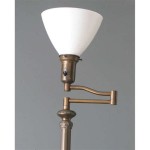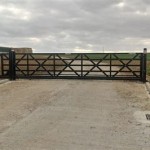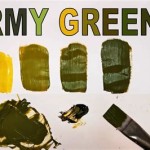What Is The Color Of Warm White - Essential Aspects To Consider
Understanding the essential aspects of warm white light is critical for various applications, including interior design, photography, and film production. Warm white light possesses distinct characteristics and color temperature, making it an essential consideration when selecting lighting for specific purposes. This article explores the fundamental aspects of warm white light, providing a comprehensive overview for professionals and enthusiasts seeking to harness its unique qualities.
Color Temperature
Color temperature is a crucial aspect of warm white light, measured in Kelvins (K). It refers to the perceived color of the light emitted by a source. Warm white light typically ranges between 2,700K to 3,200K, emitting a yellowish or amber hue. This color temperature is often associated with traditional incandescent bulbs and creates a cozy and inviting atmosphere in interior spaces.
Color Rendering Index (CRI)
CRI is another essential aspect of warm white light and measures its ability to accurately render colors within a space. A CRI of 100 represents perfect color rendering, while lower values indicate less accurate color reproduction. Warm white light with a high CRI (above 90) is crucial for applications where accurate color perception is paramount, such as art galleries and retail settings.
Light Output
Light output, measured in lumens, is essential for determining the brightness of warm white light. The lumen output of a light source indicates the amount of visible light emitted per second. Higher lumen output results in brighter light, while lower lumen output produces dimmer light. The appropriate lumen output depends on the intended application and space size.
Dimmability
Dimmability is a crucial feature to consider when selecting warm white light. Dimmable light sources allow users to adjust the light intensity, creating different moods and ambiances. Dimming warm white light can create a cozy and intimate atmosphere or a brighter, more functional space, depending on the desired effect.
Energy Efficiency
Energy efficiency is an essential aspect of warm white light, especially for commercial and public spaces. Energy-efficient light sources, such as LED bulbs, consume less energy while producing the same or even higher light output compared to traditional incandescent bulbs. This can lead to significant savings on energy costs over time.
Applications
Warm white light finds applications in various settings. It is commonly used in residential spaces to create a cozy and inviting atmosphere. In commercial settings, it is often employed in retail stores, restaurants, and hospitality venues to enhance the visual appeal of products and create a welcoming ambiance. Warm white light is also widely used in photography and film production to achieve a desired mood or effect.
Conclusion
Understanding the essential aspects of warm white light is crucial for professionals and enthusiasts seeking to harness its unique qualities. By considering factors such as color temperature, CRI, light output, dimmability, energy efficiency, and applications, individuals can make informed decisions when selecting warm white light sources for various purposes.
Warm White Mode Color Scheme Schemecolor Com

Cool Vs Warm 12 Popular White Paint Colors For Your Home

Warm White Folk Art Acrylic Paints 649 Paint Color Plaid Ffebc8 Com

Warm White Vs Cool Led Lighting Sdl

Warm White Paint 2 M L Paints Paper

Warm White Whitescreen Org

Definition Of Led Color Warm White Pure And Cold Per Accurate Inc

Warm White Light
Warm White Color Hex Code Is Fdf4dc
How To Change Warm White Quora








